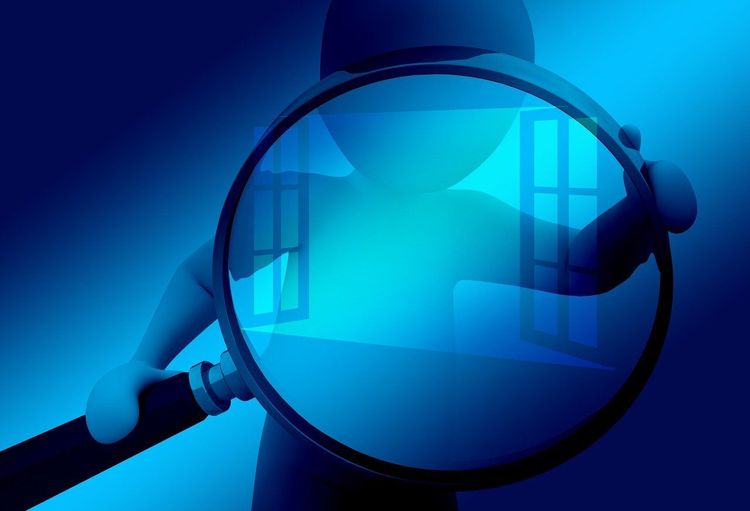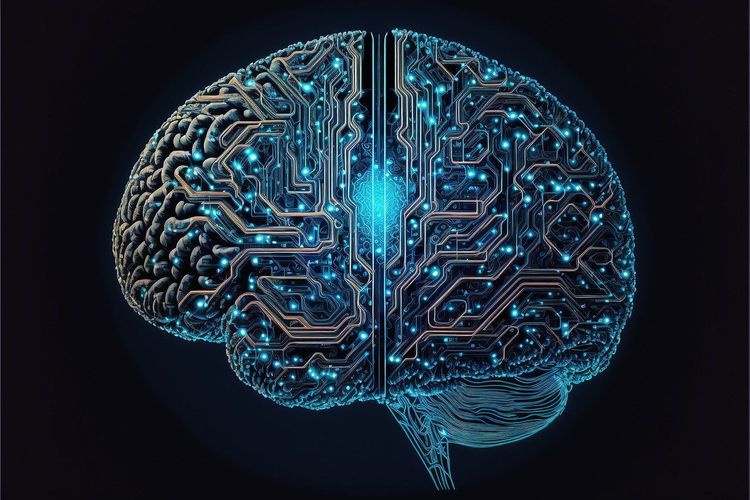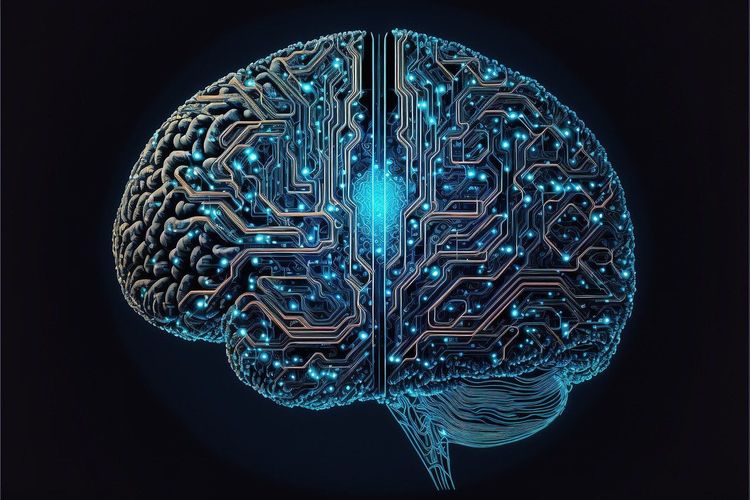For years, Elon Musk has been vocal about Dojo—a powerful AI supercomputer that serves as a cornerstone for Tesla’s ambitious AI initiatives. Recently, Musk emphasized the significance of Dojo, announcing that Tesla's AI team will “double down” on its development as the company prepares to unveil its robotaxi in October.
What is Dojo and Why is it Vital for Tesla’s Future?
In essence, Dojo is Tesla's custom supercomputer designed specifically for training its "Full Self-Driving" (FSD) neural networks. Enhancing Dojo aligns directly with Tesla’s objective of achieving true autonomy and launching a robotaxi service. While FSD is currently available in hundreds of thousands of Tesla vehicles, enabling partial automation, human supervision is still required behind the wheel.
Although Tesla pushed back the robotaxi reveal from August to October, both Musk’s statements and insider insights suggest that the pursuit of full autonomy remains steadfast.
Tesla is clearly prepared to invest significantly in AI and Dojo to realize this goal.
The Background on Dojo
Musk envisions Tesla as more than just an automaker; he aims to transform it into a leading AI company that adeptly mimics human perception to master self-driving technology. While many companies in the autonomous vehicle space depend on a mix of sensors like lidar, radar, and cameras, plus HD maps, Tesla believes it can achieve full autonomy with cameras alone. This approach captures visual data, which is then processed using advanced neural networks to make real-time driving decisions.
Andrej Karpathy, Tesla's former head of AI, articulated this vision during the company’s first AI Day in 2021, describing the endeavor as creating “a synthetic animal from the ground up.” While competitors like Waymo have deployed Level 4 autonomy using traditional sensor-based methods, Tesla has yet to produce a completely autonomous system that operates without human intervention.
Approximately 1.8 million customers have subscribed to Tesla’s FSD, which currently costs $8,000 and has been priced as high as $15,000. The promise is that AI software trained on Dojo will be delivered to Tesla owners through over-the-air updates. This large-scale data collection contributes millions of miles of video footage, further training FSD to inch closer to achieving true self-driving capability.
However, industry experts caution that there may be limits to this data-driven approach. Anand Raghunathan, a professor at Purdue University, stated, “There’s an economic constraint, and soon it may become too expensive to pursue this.” He also pointed out that more data does not necessarily equate to better information for model training.
Despite these concerns, Raghunathan believes the trend toward data accumulation will continue in the short term, necessitating greater compute power to handle it—precisely where Dojo comes in.
Understanding the Supercomputer
Dojo, named after a place for martial arts training, functions as Tesla’s AI training hub for FSD. A supercomputer consists of thousands of interconnected nodes, each containing a CPU (central processing unit) to manage tasks and a GPU (graphics processing unit) for executing complex operations—crucial for powering machine learning applications like FSD.
Tesla has even sourced Nvidia GPUs to bolster its AI training capabilities.
Why Does Tesla Need a Supercomputer?
Tesla’s focus on a vision-only approach necessitates a supercomputer for its neural networks. These networks rely on extensive driving data to identify and classify objects around the vehicle, enabling real-time decision-making that mimics human perception.
To reach its goal, Tesla must efficiently store and process vast amounts of video data collected from cars globally and conduct numerous simulations for effective model training.
While Tesla currently relies on Nvidia GPUs, the automaker aims to mitigate risks associated with relying solely on external suppliers. To achieve this, Tesla’s AI division is developing its own bespoke hardware to optimize AI model training more effectively than conventional systems. Central to this program is the D1 chip, custom-designed for efficiency in AI workloads.
More on Tesla's D1 Chips
At AI Day 2021, Tesla unveiled its D1 chip, measuring roughly the size of a palm. As of May 2023, the chip was in production at TSMC, utilizing advanced 7-nanometer semiconductor technology. Featuring 50 billion transistors within a die approximately 645 square millimeters, the D1 is engineered for speed and efficiency, capable of handling intricate tasks swiftly.
Ganesh Venkataramanan, Tesla’s former Autopilot hardware director, highlighted the chip's design as “fully optimized for machine learning workloads.”
Despite the D1's power, it doesn't quite match Nvidia's A100 chip. To elevate performance and bandwidth, Tesla's AI team has combined 25 D1 chips into a single tile, offering 9 petaflops of compute power and 36 terabytes per second of bandwidth.
Tesla envisions scaling Dojo by deploying multiple ExaPODs, each comprising interconnected tiles.
Future of Dojo
Looking ahead, Tesla is working on the D2 chip, aimed at overcoming data flow challenges by compacting the entire Dojo tile onto a single silicon wafer. Tesla has not disclosed the number of D1 chips it has ordered or its timeline for the full operational capabilities of Dojo.
Musk has expressed intentions for Tesla to balance its reliance on Nvidia with its own hardware efforts. During a June post on X, he indicated a strategy of achieving a 50/50 split between Tesla’s proprietary chips and those from Nvidia and other suppliers within the next 18 months.
Implications of Dojo for Tesla
Securing its chip production may enable Tesla to rapidly scale its AI training capabilities affordably as relationships with suppliers like TSMC strengthen. It reduces dependence on increasingly expensive Nvidia chips, which have faced supply challenges.
In a recent earnings call, Musk acknowledged concerns about securing steady access to Nvidia GPUs given the soaring demand. He stressed the importance of intensifying efforts on Dojo to meet AI training needs.
As of now, Tesla continues to procure Nvidia chips for AI training. Musk recently estimated that out of the projected $10 billion AI expenditures for this year, approximately half would go toward Tesla’s initiatives, primarily focused on AI inference computations and Dojo development.
Conclusion: Is Dojo Worth the Risk?
Musk recognizes that Dojo is a gamble, and Tesla's long-term strategy may pivot based on its success. In the future, Tesla could establish a new revenue stream through its AI division. The current iteration of Dojo is reportedly optimized for the FSD and Optimus, Tesla's humanoid robot, although future versions could expand to general-purpose AI training, which may require extensive software rewriting.
Nonetheless, Musk envisions potential in renting capacity from Dojo akin to cloud services offered by AWS and Azure, aiming for competitiveness against Nvidia.
A recent Morgan Stanley estimate suggested that Dojo could significantly boost Tesla’s market value, unlocking new revenue avenues in robotaxi services and software offerings.
In summary, while the D1 chips represent a strategic move for Tesla, they also carry the potential for substantial long-term growth and innovation.
How Progressing is Dojo?
Reports indicate Tesla began production on Dojo in July 2023, and Musk noted earlier this year that the supercomputer had been operational for several months. Tesla anticipates that by February 2024, Dojo will rank among the five most powerful supercomputers, although this claim remains unverified.
Tesla foresees Dojo achieving a processing power of 100 exaflops by October 2024—a feat requiring over 276,000 D1 chips.
In January 2024, Tesla announced a $500 million investment in building a Dojo supercomputer at its Buffalo gigafactory, further enhancing its AI capabilities. Musk revealed plans for a supercomputing cluster to be established at the Austin gigafactory.
As of now, Tesla's AI team is integrating Tesla HW4, or AI4, into its training process alongside Nvidia GPUs, aiming to achieve significant growth in training efficiency.
Ultimately, while the path to achieving the full potential of Dojo is fraught with challenges, Tesla's strategic vision may redefine the future of autonomous driving and AI development.







